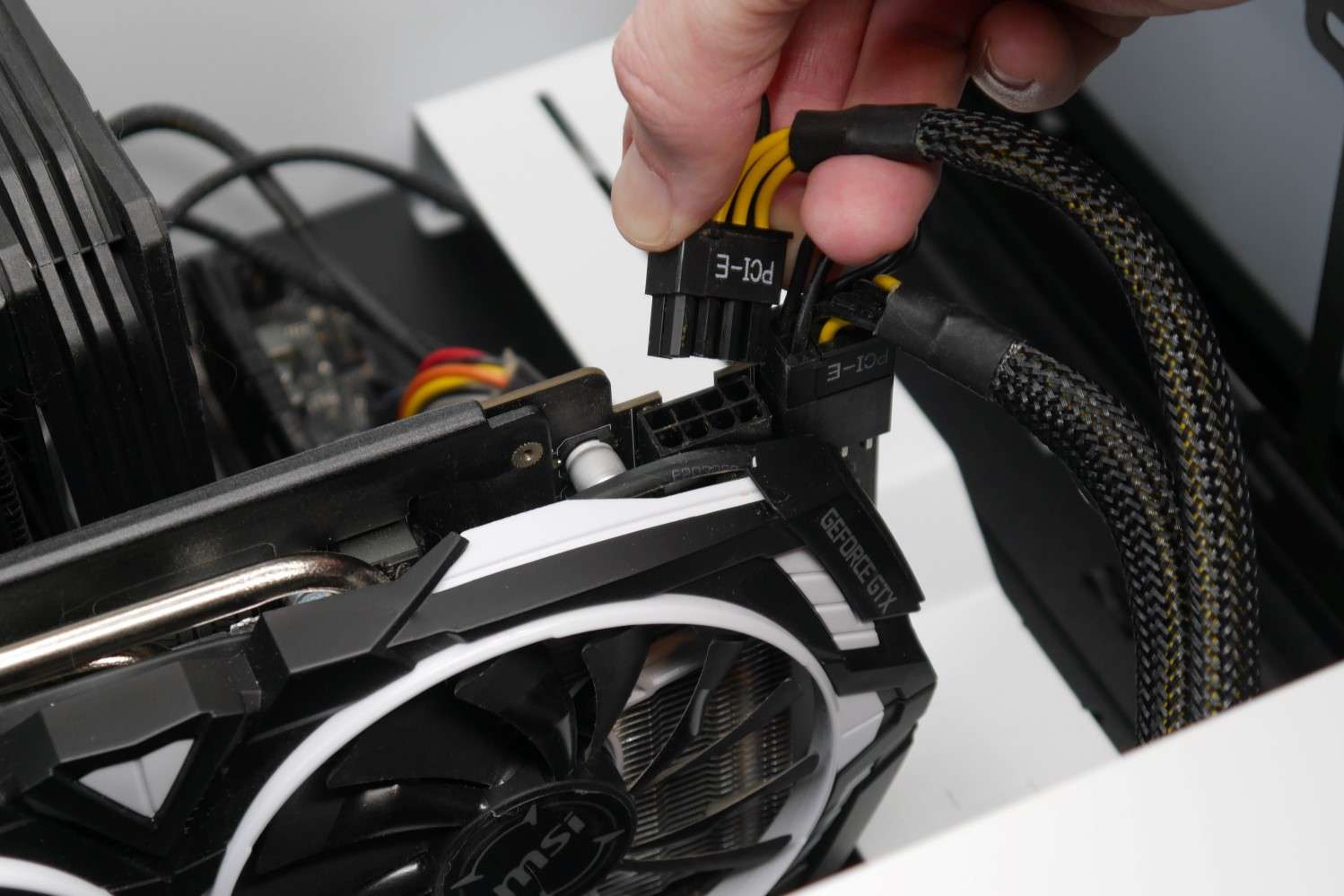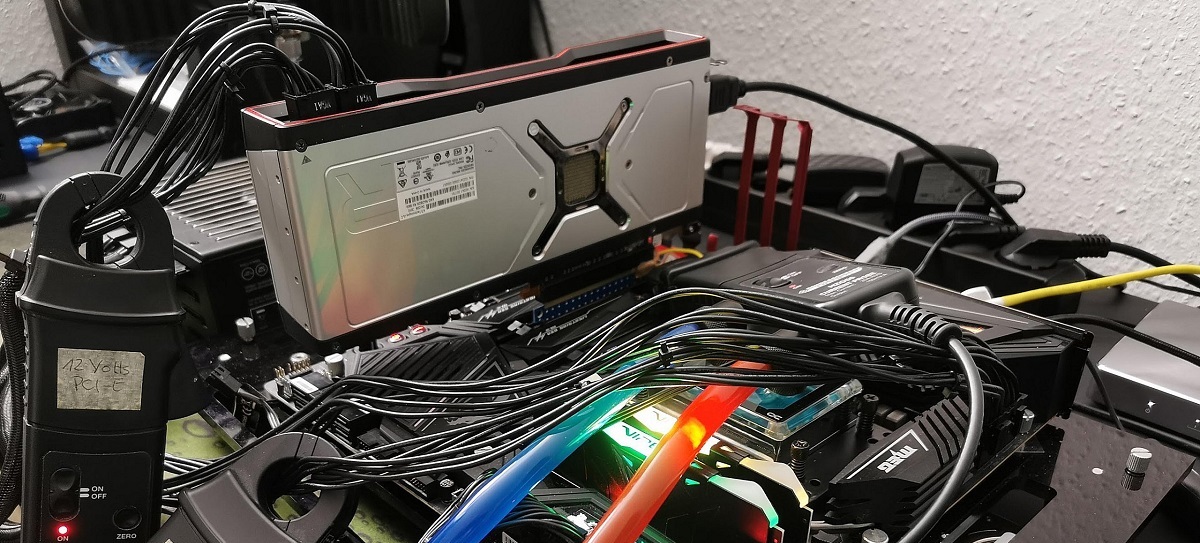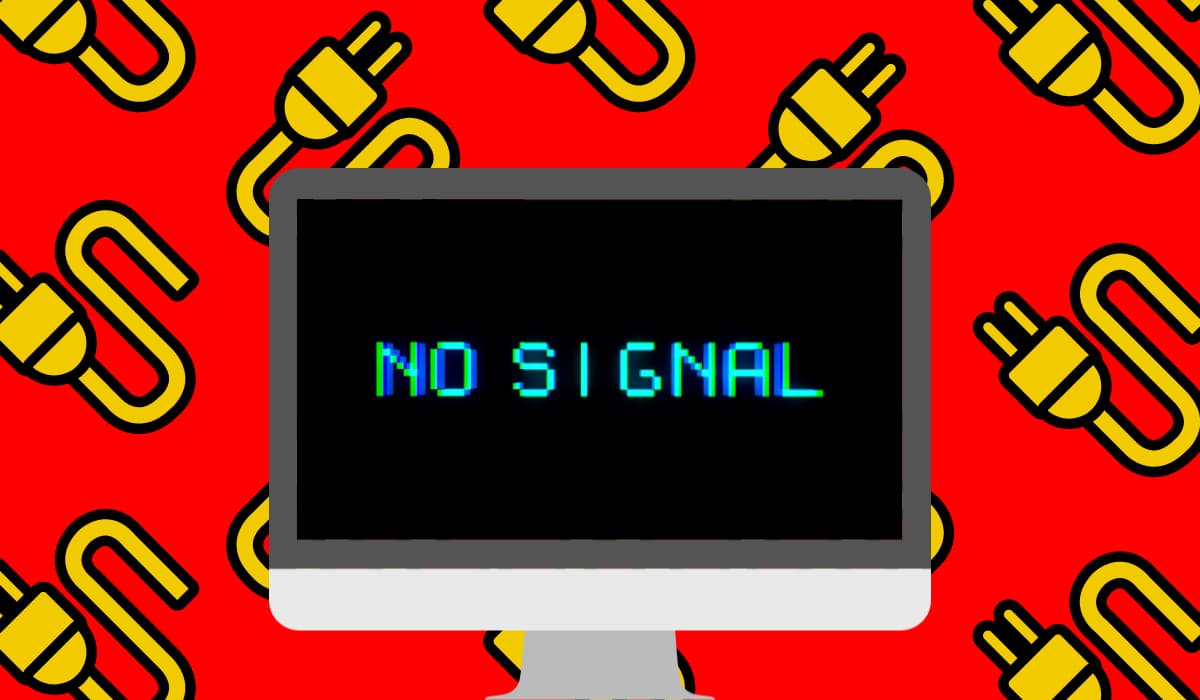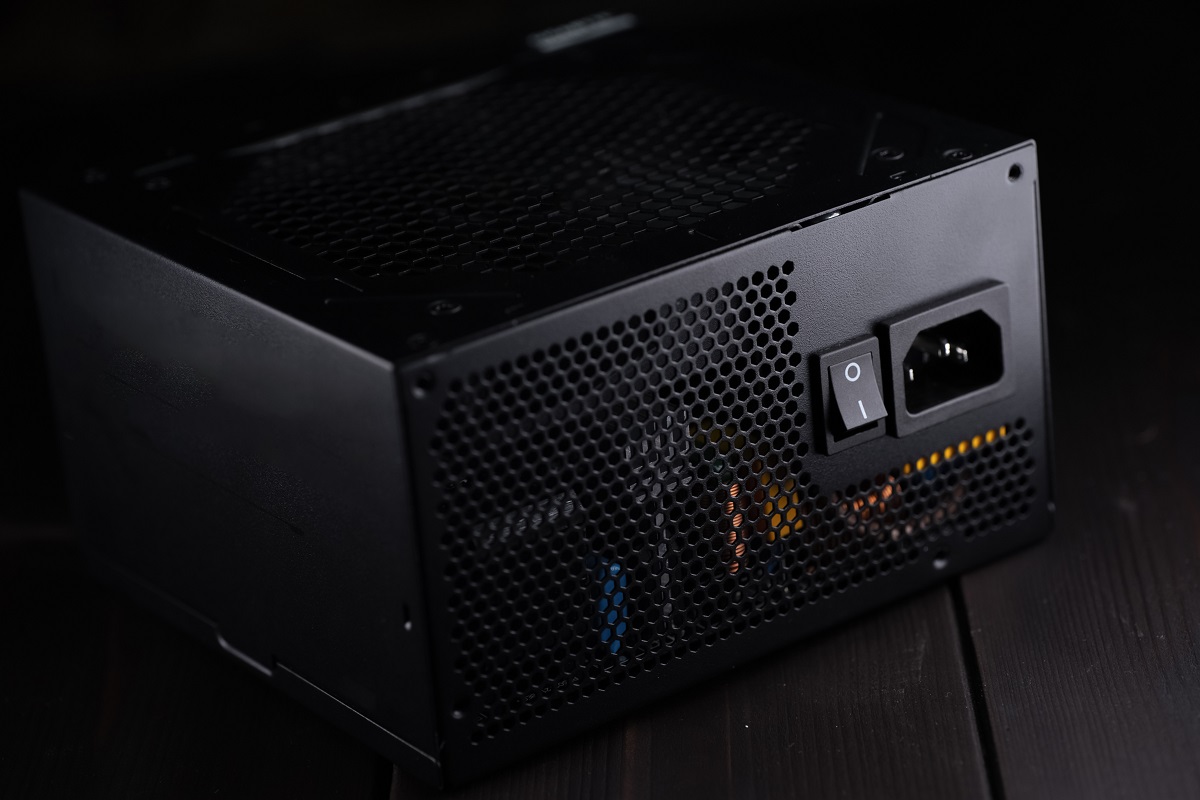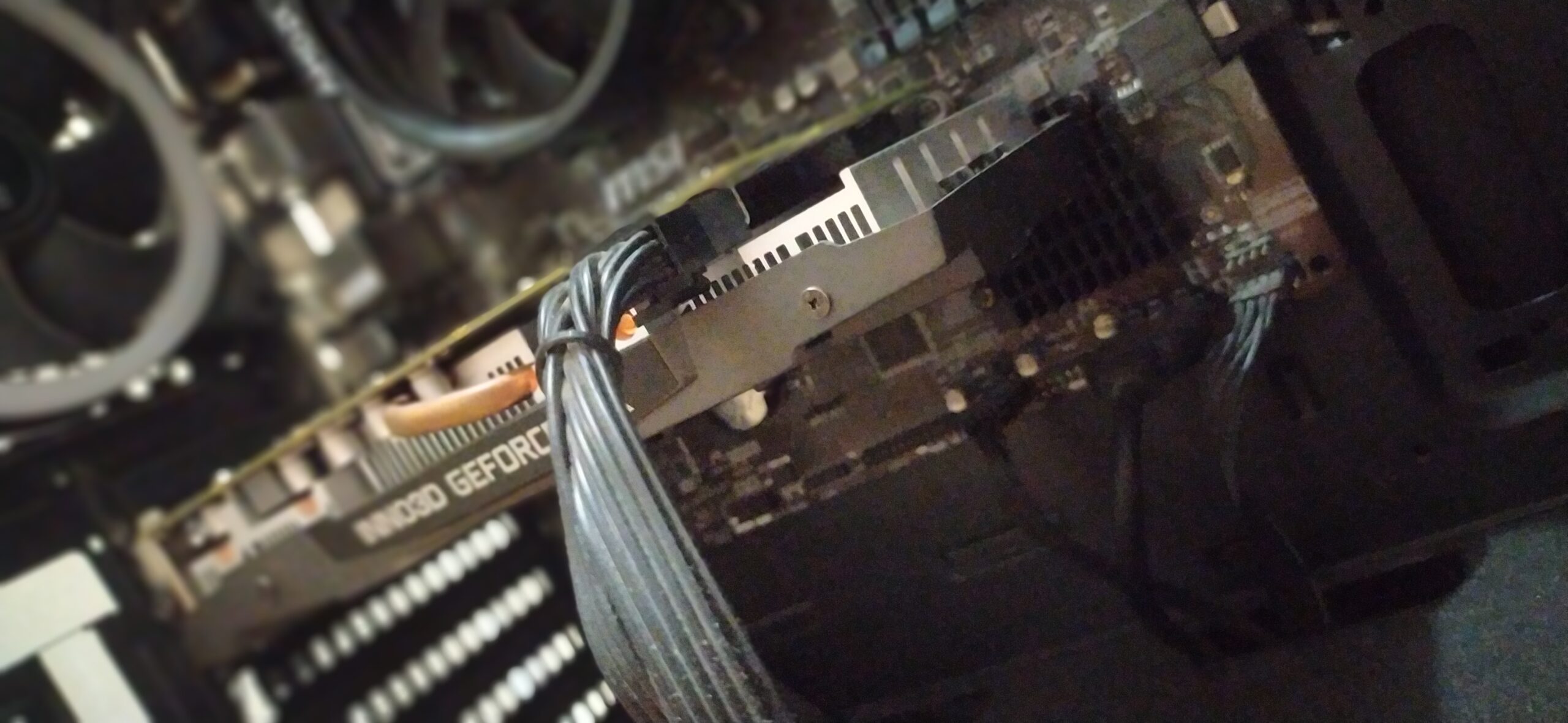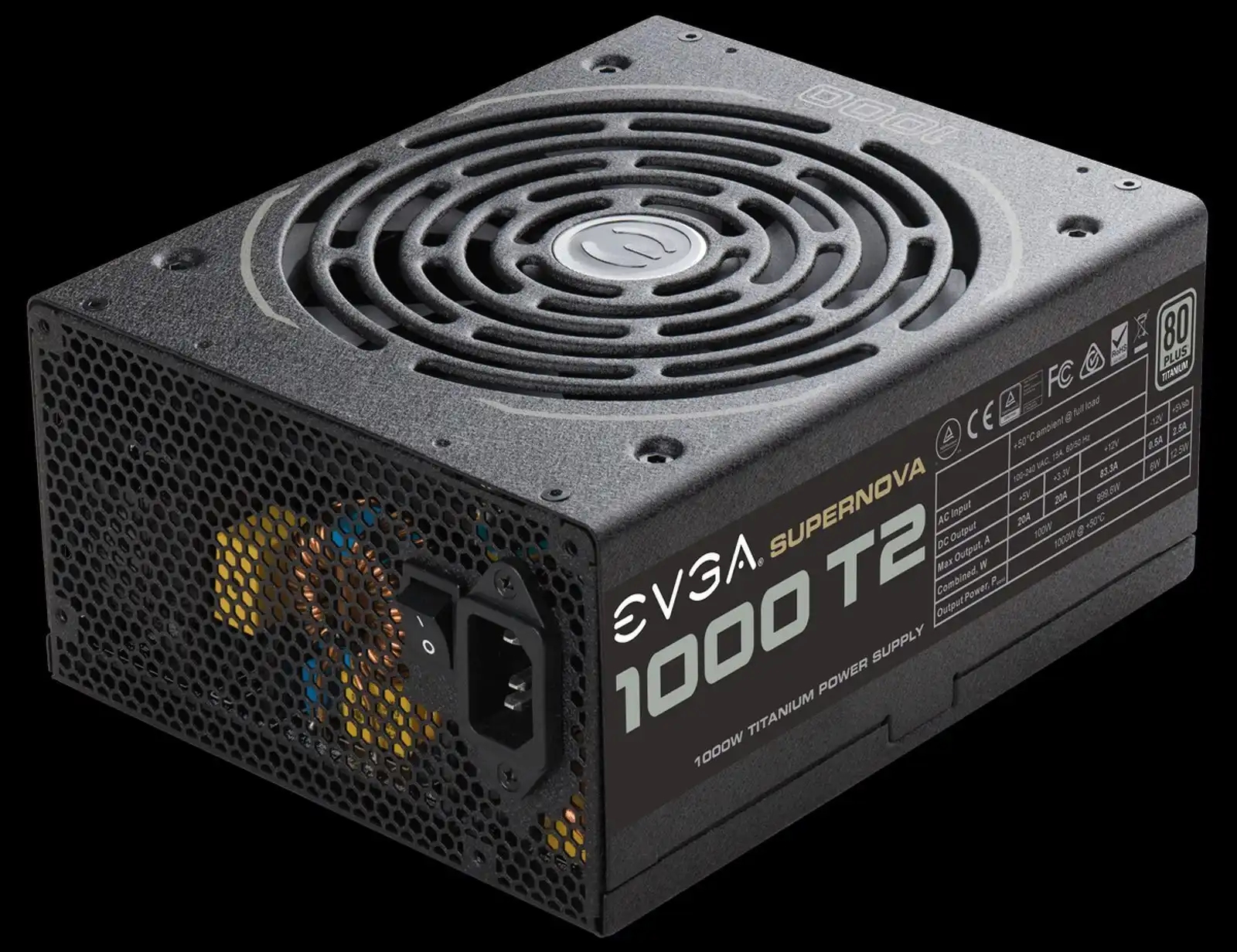Introduction
Welcome to the world of graphic processing units (GPUs), where power is key. Whether you’re a gamer, a designer, or a data scientist, having an efficiently powered GPU is crucial for optimal performance. But how can you tell if your GPU is receiving enough power? In this article, we will explore the common signs of insufficient GPU power and discuss various methods to check if your GPU is getting the power it needs.
Insufficient power to your GPU can cause a range of issues, from degraded performance and frequent crashes to system instability and even damage to your graphics card. Therefore, it’s essential to ensure that your GPU is receiving adequate power to function at its best.
While modern graphics cards come with built-in power management features, it’s still possible for power delivery issues to arise. These issues can stem from various factors, such as an insufficient power supply unit (PSU), inadequate power connectors, or power fluctuations. Identifying and resolving such problems can significantly improve your GPU’s performance and safeguard against potential damage.
In the upcoming sections, we will discuss the different signs that may indicate insufficient power reaching your GPU. We will then explore some methods to check and monitor the power your GPU is receiving. Whether you are troubleshooting a performance issue or planning a GPU upgrade, understanding your GPU’s power requirements is essential to ensure a smooth user experience.
Ready to dive into the world of GPU power? Let’s get started!
Common signs of insufficient GPU power
When your GPU is not receiving enough power, it can exhibit several noticeable signs. Recognizing these signs can help you diagnose power-related issues and take appropriate steps to rectify them. Here are some common signs to look out for:
- Graphic artifacts: One of the most common signs of insufficient GPU power is the appearance of graphical artifacts on your computer screen. These artifacts can include flickering textures, pixelated images, or random colored dots. If you notice these visual abnormalities, it may indicate that your GPU isn’t receiving enough power to properly render graphics.
- System crashes and instability: Another sign of inadequate GPU power is frequent system crashes or instability during resource-intensive tasks such as gaming or running GPU-intensive software. If your system consistently freezes or restarts during these activities, it could be due to power fluctuations or an insufficient power supply.
- Decreased frame rates: If you’re a gamer, you may experience noticeably lower frame rates or stuttering graphics when your GPU is not getting enough power. Insufficient power can limit the GPU’s ability to render frames quickly, resulting in reduced performance and a less smooth gaming experience.
- Unresponsive or slow graphics card: Inadequate power can also cause your graphics card to become unresponsive or slow to load graphics-intensive applications. You may notice delays in rendering images or a laggy response when interacting with graphics-heavy software.
- System shutdown: In severe cases of insufficient power, your system may experience sudden shutdowns. This happens as a safety mechanism to protect the system from potential damage due to insufficient power supply. If your system abruptly shuts down under heavy GPU load, it’s essential to investigate the power supply as a potential cause.
If you experience any of these signs, it’s crucial to address the power-related issue promptly to prevent long-term damage to your GPU or other components. In the next sections, we will explore methods to check if your GPU is receiving enough power and ensure its optimal performance.
Checking the GPU power connectors
One of the first steps in determining if your GPU is receiving enough power is to check the power connectors. Most modern GPUs require additional power connectors to supplement the power provided by the motherboard. Here’s how you can check the GPU power connectors:
- Open your computer case: Start by shutting down your computer and removing the side panel of your computer case. This will allow you to access the internal components, including the GPU.
- Locate the GPU power connectors: Identify the power connectors on your GPU. These are typically located towards the top or side of the graphics card and are usually either 6-pin or 8-pin connectors.
- Inspect the power connectors: Ensure that the power connectors are securely plugged into the corresponding ports on the GPU. Check for any loose connections or signs of damage, such as bent pins or frayed cables.
- Verify power supply connections: Follow the power cables from the GPU connectors to the power supply unit (PSU) and check that they are properly connected. Ensure that the cables are firmly inserted into the PSU’s power connectors.
- Consider using separate cables for each connector: If your PSU has multiple power cables available, it is recommended to use separate cables for each GPU power connector rather than daisy-chaining them. This can help ensure a more stable power supply to the GPU.
- Upgrade the power supply if necessary: If your GPU requires more power than your current PSU can provide or if you have multiple GPUs installed, it may be necessary to upgrade to a higher-wattage power supply. Consult your GPU’s specifications to determine its power requirements.
By inspecting and ensuring the proper connection of the GPU power connectors, you can eliminate any potential issues related to loose connections or inadequate power supply. However, problems with power connectors may not always be evident visually. Therefore, it is essential to monitor your GPU’s power usage to accurately assess its power needs. In the next section, we will explore software tools that can help you monitor the power consumed by your GPU.
Using software to monitor GPU power usage
To accurately monitor the power consumed by your GPU, you can utilize software tools specifically designed for this purpose. These tools provide real-time power usage information, allowing you to assess whether your GPU is receiving enough power. Here are some popular software options for monitoring GPU power usage:
- GPU-Z: GPU-Z is a widely used software utility that provides detailed information about your GPU, including power consumption. It displays power usage in real-time, letting you monitor how much power your GPU is drawing under various load conditions. GPU-Z also shows other crucial GPU statistics, such as clock speeds, temperatures, and memory usage.
- MSI Afterburner: MSI Afterburner is a feature-rich software utility primarily used for overclocking GPUs. It also offers the ability to monitor power usage. Afterburner provides a customizable on-screen display (OSD) that shows real-time power consumption, allowing you to keep an eye on your GPU’s power requirements while gaming or performing GPU-intensive tasks.
- Radeon Software / GeForce Experience: If you have an AMD Radeon or NVIDIA GeForce graphics card, you can download and install the respective software suites, Radeon Software or GeForce Experience. These software packages include monitoring features that display real-time power usage, temperatures, and other relevant GPU metrics.
When using these software tools, it’s important to note that the power consumption readings may vary depending on the accuracy of the sensors and the specific model of GPU. However, they still provide valuable insights into the power requirements of your GPU under different usage scenarios.
Monitoring your GPU’s power usage with software tools not only helps you determine if your GPU is receiving sufficient power but also allows you to identify any abnormal power spikes or excessive power draw. Additionally, it can assist in optimizing your GPU’s power settings and managing power-hungry applications to ensure efficient power usage and minimize overheating.
In the next section, we will discuss an alternative method to measure GPU power consumption using a multimeter.
Measuring GPU power consumption with a multimeter
If you prefer a more hands-on approach to monitor your GPU’s power consumption, you can utilize a multimeter. A multimeter is a versatile tool that can measure various electrical parameters, including voltage, current, and resistance. By measuring the current drawn by your GPU, you can estimate its power consumption. Here’s how you can measure GPU power consumption with a multimeter:
- Choose the correct settings: Set your multimeter to measure DC current (amperes) within the expected operating range of your GPU. Make sure the multimeter’s probes are connected to the appropriate ports for current measurement.
- Power down your system: Shut down your computer and open the case to access the GPU and its power connectors. Be cautious to avoid any contact with live electrical components.
- Disconnect the power connectors: Carefully disconnect the power connectors from your GPU, ensuring that you do not bend or damage any pins.
- Insert the multimeter probes: Insert the multimeter’s probes into the female ports of the power connectors. The red probe should be connected to the +12V pin, and the black probe should be connected to the ground (GND) pin. Make sure the probes are securely in place, providing a good electrical connection.
- Power up your system: Turn on your computer, and simultaneously use your GPU in regular operation or run a GPU-intensive application to measure its power consumption. Observe the multimeter for the current value displayed. Multiply this current reading by the GPU’s operating voltage (typically 12V) to calculate the power consumption in watts.
- Monitor power consumption under various loads: For a more comprehensive understanding, you can monitor the power consumption at different GPU loads, such as idle, moderate, and maximum usage. This will give you a better idea of how much power your GPU is consuming during different tasks.
Measuring GPU power consumption with a multimeter provides a direct and accurate assessment of the power drawn by your graphics card. This method can be particularly useful if you want precise measurements or if you suspect power supply issues despite software tools indicating sufficient power. However, it requires caution and knowledge of electrical safety practices to avoid electrical shocks or damage to components.
Once you have a clear understanding of your GPU’s power consumption, you can make informed decisions regarding power supply upgrades, overclocking, or optimizing power settings to ensure optimal performance and stability in your system.
In the next section, we will discuss some key considerations for upgrading your GPU power supply.
Considerations for upgrading GPU power supply
If you have determined that your GPU is not receiving enough power and you need to upgrade your power supply unit (PSU), there are several factors to consider before making your purchase. Upgrading your GPU power supply requires careful consideration of the following:
- Power requirements: Start by checking the power requirements of your new GPU. Look for the recommended power supply wattage in the GPU manufacturer’s specifications or user manual. Ensure that the PSU you choose meets or exceeds this wattage to provide ample power for your GPU and other system components.
- Efficiency rating: Consider the efficiency rating of the PSU. A higher efficiency rating, such as 80 Plus Bronze, Silver, Gold, or Platinum, indicates a more energy-efficient power supply. Not only does this reduce power waste, but it also helps in maintaining stable power delivery to your GPU.
- Modularity: Assess whether you prefer a modular or non-modular PSU. Modular power supplies allow you to detach unused cables, resulting in improved cable management and better airflow within your computer case.
- Cable length and connectors: Check the cable lengths and available connectors on the PSU to ensure compatibility with your system and GPU. Ensure that it has the necessary 6-pin or 8-pin connectors required by your GPU and any additional connectors needed for other components.
- Brand and quality: Choose a reputable PSU brand known for producing reliable, high-quality power supplies. This reduces the risk of power supply failure or damage to your components, ensuring a stable and safe power supply to your GPU.
- Budget: Consider your budget when selecting a PSU. While it’s important to invest in a high-quality power supply, you should also balance it with your budget constraints. Find the best PSU that meets your requirements without overspending.
By carefully considering these factors, you can choose a power supply unit that meets your GPU’s power requirements and provides reliable and efficient power delivery. Upgrading your PSU not only ensures that your GPU receives sufficient power but also enhances system stability and protects against potential power-related issues.
Remember to follow proper installation procedures when upgrading your PSU. Consult the PSU manufacturer’s instructions or seek professional help if you are unsure about the installation process.
With a newly upgraded GPU power supply, you can enjoy improved performance, enhanced graphics, and a more stable system. Take the time to research and select the right PSU to make the most out of your GPU investment.
Conclusion
Ensuring that your GPU receives sufficient power is vital for optimal performance and stability. In this article, we explored various methods to check if your GPU is getting enough power and discussed common signs of insufficient power. By being aware of these signs, you can identify and address power-related issues before they cause further damage to your system.
We started by discussing the importance of checking the GPU power connectors and verifying their secure connection to the power supply. By inspecting and maintaining the power connectors, you can eliminate potential issues caused by loose connections or inadequate power supply.
We then delved into the use of software tools to monitor GPU power usage. Tools like GPU-Z, MSI Afterburner, or Radeon Software/GeForce Experience provide real-time power consumption information, helping you understand your GPU’s power requirements and identify abnormalities.
For those who prefer a more hands-on approach, we explored the process of measuring GPU power consumption using a multimeter. This method provides accurate measurements and allows you to assess the power drawn by your graphics card at different usage scenarios.
Finally, we discussed the key considerations for upgrading your GPU power supply. By selecting a PSU that meets the power requirements of your GPU, considering factors like efficiency, modularity, cable length, and brand reliability, you can ensure a stable and efficient power supply to your GPU and other system components.
Remember, maintaining an adequately powered GPU is essential for maximizing performance, avoiding crashes, and prolonging the lifespan of your graphics card. Regularly monitoring and assessing your GPU’s power consumption will help you make informed decisions regarding power supply upgrades, power management, and system optimization.
So, whether you’re a gaming enthusiast, a professional designer, or a data scientist, taking the time to check and ensure your GPU is receiving enough power will pay off in improved performance and a smoother computing experience.







